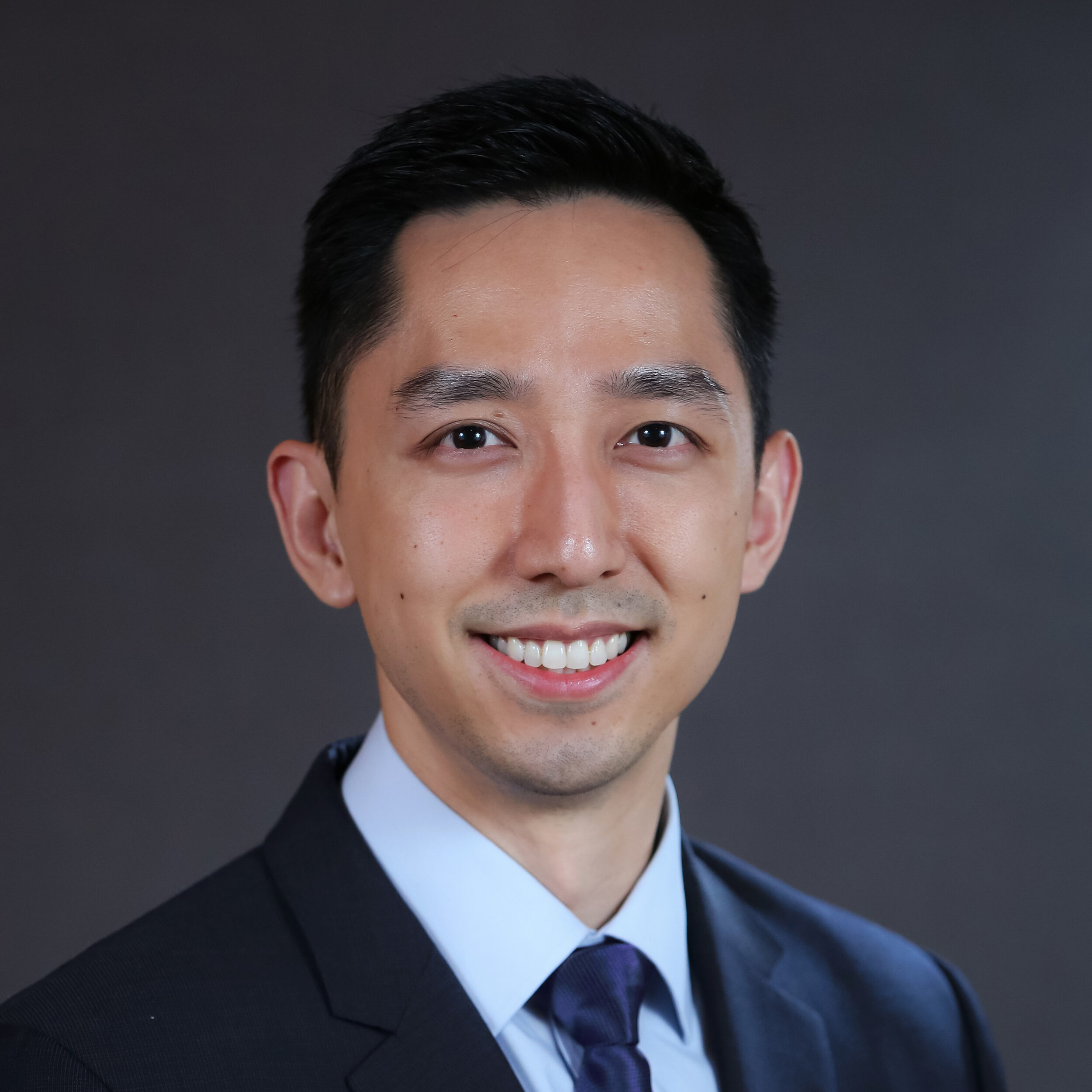We were recently asked to share our experience with diagnosing and treating frozen shoulder, also known as adhesive capsulitis, with the Washington Post. In particular, we discussed the potential increase in the number of frozen shoulder cases we have seen since the onset of the pandemic.
“From a biological standpoint, there’s some theories on how if you get covid, then your body is sort of in a heightened inflammatory state, and frozen shoulder fundamentally is an inflammation problem,” said Michael Fu, a shoulder specialist and assistant attending orthopedic surgeon at the Hospital for Special Surgery in New York. Fu added that limits to access to care, such as in-person physical therapy sessions, during the pandemic and changes in people’s daily activities might also be possible triggers.
“The shoulder capsule — it’s a thin lining around the joint itself — has to maintain a delicate balance between flexibility, pliability and also integrity,” Fu said. “Once you get into this cascade of a little bit of inflammation or microtrauma that leads to more inflammation, that just sets off the whole cycle of adhesive capsulitis, where the capsule, which is normally really thin like a piece of tissue paper almost, then becomes really thick and like cardboard, and that’s how your shoulder gets tight and you lose range of motion.”
Read the full article from the Washington Post.
Frozen Shoulder (Adhesive Capsulitis) Surgery
We have extensive experience in treating frozen shoulder, including frozen shoulder capsular release surgery if non-surgical treatments have failed. Please feel free to contact our office if you would like to be seen for a frozen shoulder.
About the Author
Dr. Michael Fu is an orthopedic surgeon and shoulder specialist at the Hospital for Special Surgery (HSS) in New York City (NYC) and New Jersey (NJ), the best hospital for orthopedics as ranked by U.S. News & World Report. Dr. Fu is an expert at shoulder rotator cuff repair surgery, shoulder instability surgery, and shoulder replacement. Dr. Fu was educated at Columbia University and Yale School of Medicine, followed by orthopedic surgery residency at HSS and sports medicine & shoulder surgery fellowship at Rush University Medical Center in Chicago. He has been a team physician for the Chicago Bulls, Chicago White Sox, DePaul University, and NYC’s PSAL.
Disclaimer: All materials presented on this website are the opinions of Dr. Michael Fu and any guest writers, and should not be construed as medical advice. Each patient’s specific condition is different, and a comprehensive medical assessment requires a full medical history, physical exam, and review of diagnostic imaging. If you would like to seek the opinion of Dr. Michael Fu for your specific case, we recommend contacting our office to make an appointment.





